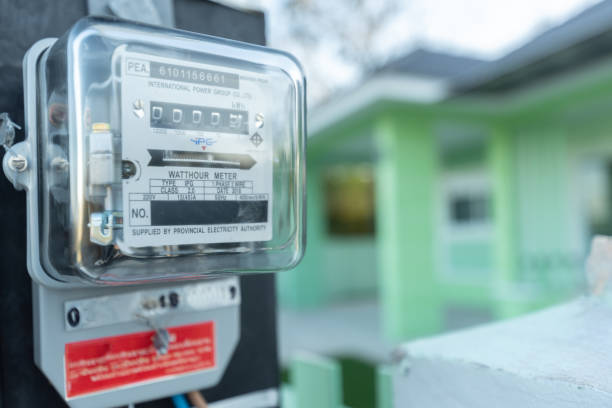
Understanding Energy Consumption: KW vs. kWh for Lighting
Share
Are you confused about the terms kW and kWh when it comes to measuring energy usage for lighting? It's essential to grasp the difference between these two units to better understand and manage your lighting energy consumption. In this post, we will explain the distinction between kW and kWh and how they relate to your lighting systems.
1. What is kW (Kilowatt)?
Kilowatt (kW) is a unit of power, representing the rate at which electrical energy is consumed or produced. When it comes to lighting, kW refers to the amount of power your lighting system consumes at any given moment. It indicates the system's capacity to generate light and is typically mentioned in the product specifications or displayed on the lighting fixtures themselves.
2. What is kWh (Kilowatt-Hour)?
Kilowatt-hour (kWh) is a unit of energy, representing the amount of electrical energy consumed over a specific period. It is commonly used to measure cumulative energy usage. For lighting, kWh reflects the total energy consumed by your lighting system over time. It helps assess the long-term energy efficiency and the associated costs of operating your lighting setup.
3. Understanding the Relationship:
To understand the relationship between kW and kWh, think of kW as the instantaneous power demand and kWh as the total energy consumed. A high kW value indicates that your lighting system is drawing more power at a particular moment, whereas a high kWh value suggests significant energy consumption over a specified period, such as a day, week, or month.
4. Managing Energy Consumption:
Knowing the kW and kWh values of your lighting system can empower you to manage energy consumption effectively. Here are some tips:
- Opt for energy-efficient led lighting solutions with lower kW ratings to reduce power demand.
- Utilize lighting controls such as timers, motion sensors, and dimmers to optimize energy usage.
- Regularly monitor your kWh usage to identify patterns, peak consumption periods, and potential energy-saving opportunities.
5. The Importance of Energy Efficiency:
Understanding the distinction between kW and kWh allows you to prioritize energy efficiency. By switching to energy-efficient lighting technologies like LED bulbs, you can significantly reduce both kW and kWh values, resulting in lower energy bills, reduced environmental impact, and enhanced sustainability.
Differentiating between kW and kWh is crucial for comprehending and managing your lighting system's energy consumption effectively. By monitoring and optimizing these values, you can make informed decisions about energy-efficient lighting solutions, reduce costs, and contribute to a greener future. Take control of your lighting energy usage today!
1. What is kW (Kilowatt)?
Kilowatt (kW) is a unit of power, representing the rate at which electrical energy is consumed or produced. When it comes to lighting, kW refers to the amount of power your lighting system consumes at any given moment. It indicates the system's capacity to generate light and is typically mentioned in the product specifications or displayed on the lighting fixtures themselves.
2. What is kWh (Kilowatt-Hour)?
Kilowatt-hour (kWh) is a unit of energy, representing the amount of electrical energy consumed over a specific period. It is commonly used to measure cumulative energy usage. For lighting, kWh reflects the total energy consumed by your lighting system over time. It helps assess the long-term energy efficiency and the associated costs of operating your lighting setup.
3. Understanding the Relationship:
To understand the relationship between kW and kWh, think of kW as the instantaneous power demand and kWh as the total energy consumed. A high kW value indicates that your lighting system is drawing more power at a particular moment, whereas a high kWh value suggests significant energy consumption over a specified period, such as a day, week, or month.
4. Managing Energy Consumption:
Knowing the kW and kWh values of your lighting system can empower you to manage energy consumption effectively. Here are some tips:
- Opt for energy-efficient led lighting solutions with lower kW ratings to reduce power demand.
- Utilize lighting controls such as timers, motion sensors, and dimmers to optimize energy usage.
- Regularly monitor your kWh usage to identify patterns, peak consumption periods, and potential energy-saving opportunities.
5. The Importance of Energy Efficiency:
Understanding the distinction between kW and kWh allows you to prioritize energy efficiency. By switching to energy-efficient lighting technologies like LED bulbs, you can significantly reduce both kW and kWh values, resulting in lower energy bills, reduced environmental impact, and enhanced sustainability.
Differentiating between kW and kWh is crucial for comprehending and managing your lighting system's energy consumption effectively. By monitoring and optimizing these values, you can make informed decisions about energy-efficient lighting solutions, reduce costs, and contribute to a greener future. Take control of your lighting energy usage today!
